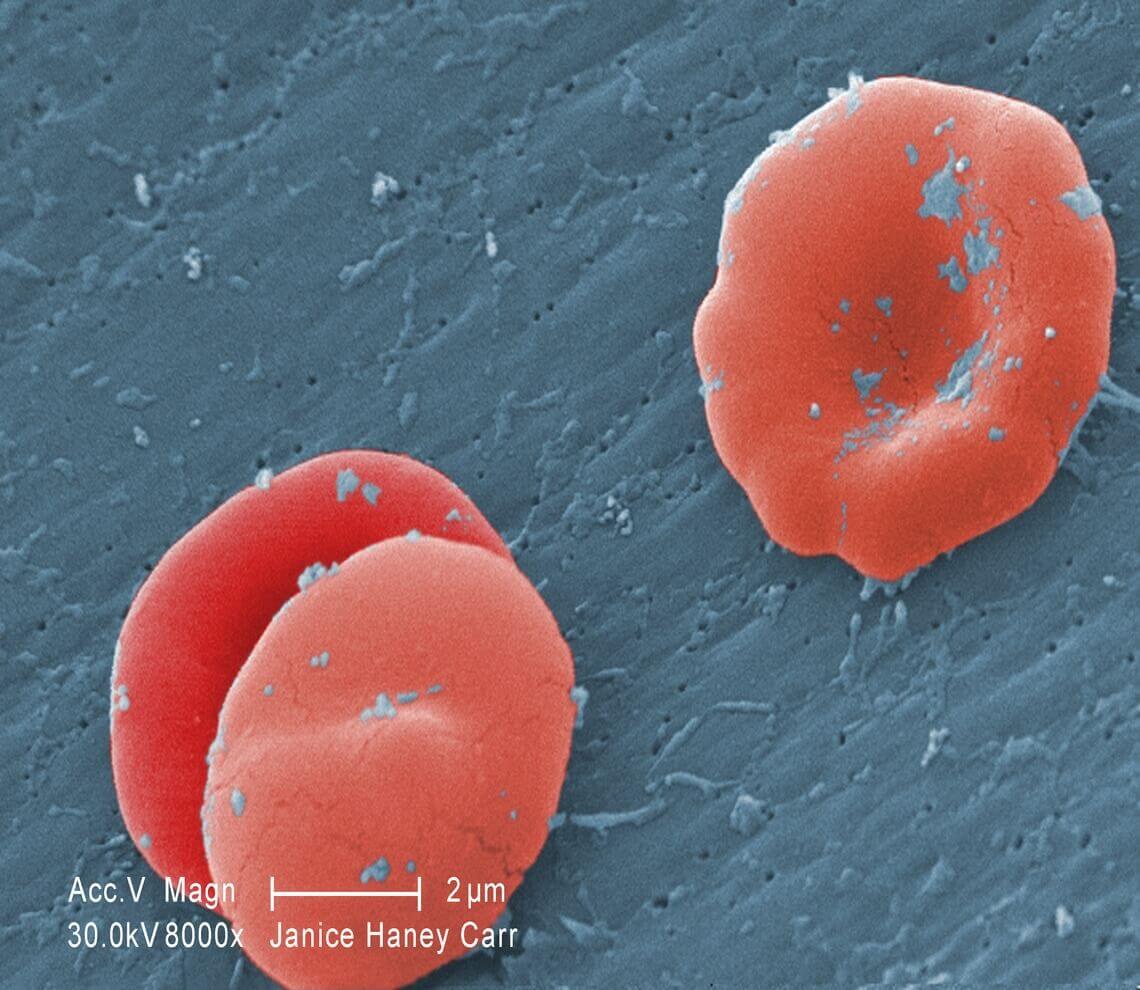- Our Suppliers
- MBS Monoclonals
- Mouse Anti-Mouse CD72.1-FITC
Product short description
Price:
492 EUR
Size:
500ug
Catalog no.:
GEN673440
Product detailed description
Gene name
N/A
Gene name synonims
N/A
Other gene names
N/A
Concentration
N/A
Other names
N/A
Purification method
N/A
Clone
10-1.D.2
Clonality
Monoclonal
Latin name
Mus musculus
Tested applications:
Flow Cytometry
Also known as
CD72.1 (Lyb-2.1)
Conjugation
Anti-FITC Antibody
Host organism
Mouse (Mus musculus)
Subcategory
Mnoclonal antibodies
Category
Secondary Antibodies
Immunoglobulin isotype
Mouse (C57/BL6) IgG2b kappa
Form/Appearance
Fluorescein (FITC) Conjugate
Description
This antibody needs to be stored at + 4°C in a fridge short term in a concentrated dilution. Freeze thaw will destroy a percentage in every cycle and should be avoided.
Species reactivity
Mouse (Mus musculus); Due to limited knowledge and inability for testing each and every species, the reactivity of the antibody may extend to other species which are not listed hereby.
Test
Mouse or mice from the Mus musculus species are used for production of mouse monoclonal antibodies or mabs and as research model for humans in your lab. Mouse are mature after 40 days for females and 55 days for males. The female mice are pregnant only 20 days and can give birth to 10 litters of 6-8 mice a year. Transgenic, knock-out, congenic and inbread strains are known for C57BL/6, A/J, BALB/c, SCID while the CD-1 is outbred as strain.
Properties
This MBS Monoclonals Fluorescein isothiocyanate (FITC) antibody is currently after some BD antibodies the most commonly used fluorescent dye for FACS. When excited at 488 nanometers, FITC has a green emission that's usually collected at 530 nanometers, the FL1 detector of a FACSCalibur or FACScan. FITC has a high quantum yield (efficiency of energy transfer from absorption to emission fluorescence) and approximately half of the absorbed photons are emitted as fluorescent light. For fluorescent microscopy applications, the 1 FITC is seldom used as it photo bleaches rather quickly though in flow cytometry applications, its photo bleaching effects are not observed due to a very brief interaction at the laser intercept. MBS Monoclonals FITC is highly sensitive to pH extremes.
Specificity and cross-reactivity
Mouse CD72.1/Lyb-2.1, 45 kDa Murine CD72.1/Lyb-2.1, a type II integral membrane glycoprotein and a member of the C-lectin family of cell surface receptors, is a differentiation antigen of B cells, and is found in mouse strains expressing the Lyb-2.1 allotype. CD72.1 is the ligand of CD5 (Ly-1) which is distributed on all T cells and a small number of B cells.^1,2 The 10-1.D.2 monoclonal antibody blocks binding of CD5 to CD72 on the B cell surface, which leads to inhibition of the positive signal resulting from CD5/CD72 pairing.^1 However, 10-1.D.2 can itself trigger a positive signal by binding CD72.^1-5; Since it is not possible to test each and every species our knowledge on the corss reactivity of the antibodies is limited. This particular antibody might cross react with speacies outside of the listed ones.
Storage and shipping
The purified (UNLB) antibody is supplied as 0.5 mg of purified immunoglobulin in 1.0 mL of 100 mM borate buffered saline, pH 8.2. No preservatives or amine-containing buffer salts added. Store the antibody ats should be kept in the range of 1-7 degrees Celsius.. The fluorescein (FITC) conjugate is supplied as 0.5 mg in 1.0 mL of PBS/NaN3. Store the antibody ats should be kept in the range of 1-7 degrees Celsius.. The biotin (BIOT) conjugate is supplied as 0.5 mg in 1.0 mL of PBS/NaN3. Store the antibody ats should be kept in the range of 1-7 degrees Celsius.. The R-phycoerythrin (R-PE) conjugate is supplied as 0.1 mg in 1.0 mL of PBS/NaN3 and a stabilizing agent. Store the antibody ats should be kept in the range of 1-7 degrees Celsius.. Do not freeze! All products should be stored at the antibodys should be kept in the range of 1-7 degrees Celsius.. Conjugated forms should not be frozen and should be protected from prolonged exposure to light. Each reagent is stable for the period shown on the bottle label if stored as directed.
© Copyright 2016-Tech News . Design by: uiCookies

